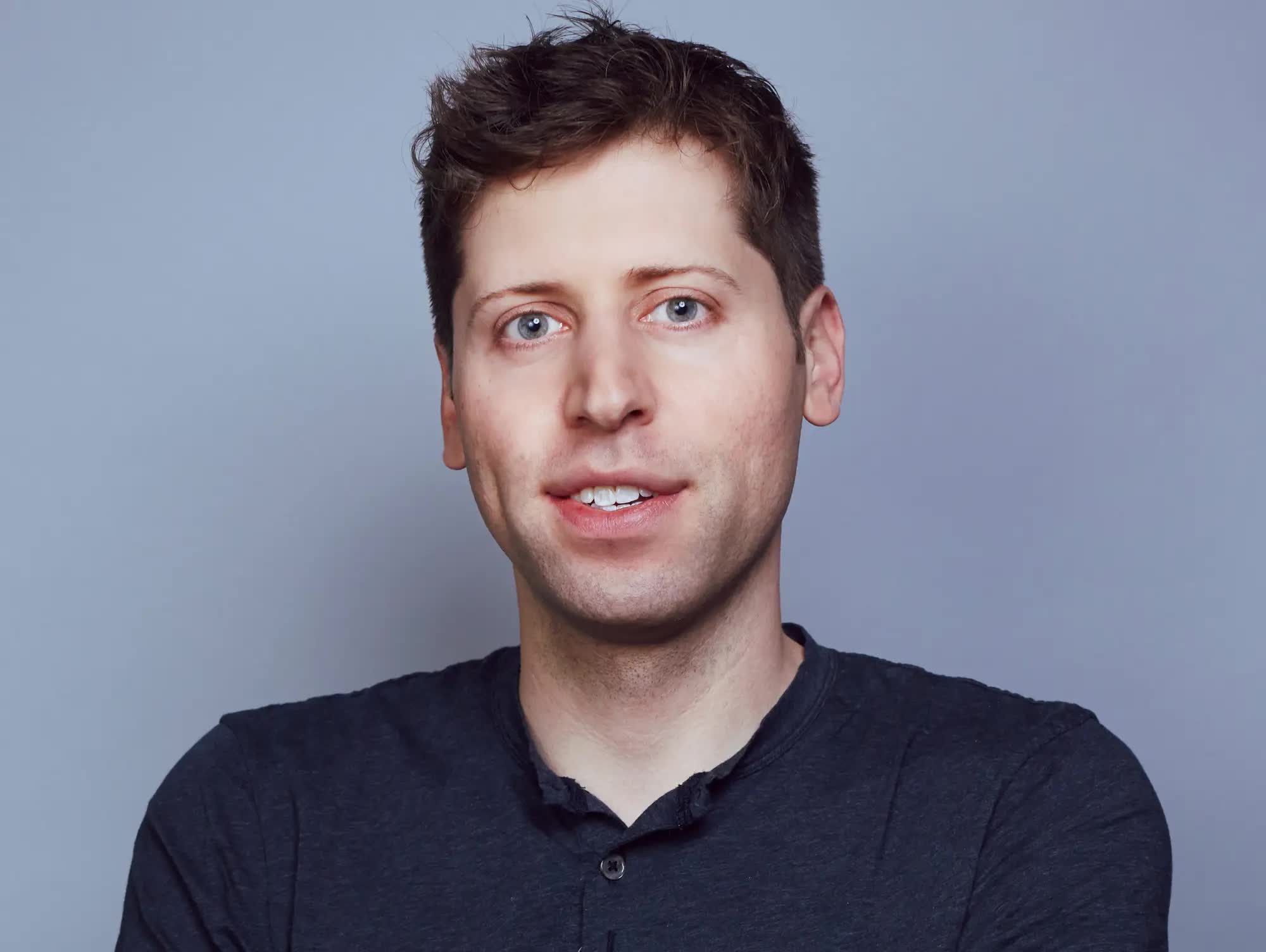Sam Altman, CEO of OpenAI, stands at the forefront of the next wave of technological evolution, driving forward both artificial intelligence (AI) and blockchain technologies. Known for his role in the development of AI models like GPT-4, Altman is also exploring how blockchain can work alongside AI to create a more decentralized, transparent, and secure future for digital innovation.
OpenAI’s Mission: Advancing Artificial Intelligence
OpenAI was founded with the mission to ensure that artificial general intelligence (AGI) benefits all of humanity. Under Altman’s leadership, OpenAI has made massive strides in AI research, producing some of the most advanced models for natural language processing, image recognition, and problem-solving. GPT-4, for instance, is one of the most powerful language models to date, capable of performing a wide range of tasks that were once thought to require human intelligence.
Altman envisions a future where AI doesn’t just power virtual assistants but fundamentally transforms industries such as healthcare, education, and customer service, providing tools for people to work smarter and more effectively.
The Intersection of AI and Blockchain: Decentralized AI
As AI continues to evolve, Altman has become increasingly interested in the intersection of AI and blockchain technology. Blockchain offers a decentralized infrastructure that can enhance the development and use of AI in a way that traditional centralized systems cannot. By integrating blockchain with AI, Altman is exploring a new paradigm where data, models, and transactions are more secure, transparent, and accessible.
Blockchain provides the perfect complement to AI by ensuring that data used in training models is secure and immutable, which is crucial for maintaining the integrity of AI systems. With blockchain, AI models can be developed in decentralized environments where no single entity holds control, allowing for greater collaboration and innovation across industries.
Decentralized AI: A New Paradigm
One of Altman’s most ambitious goals is the creation of decentralized AI systems that are not controlled by any one company or government. By combining blockchain and AI, OpenAI aims to build a decentralized ecosystem where AI models are accessible to everyone, and individuals or companies can contribute to their development.
This idea challenges traditional models where large tech companies like Google, Amazon, or Microsoft own the infrastructure and control access to AI systems. With decentralized AI, the power is distributed, creating opportunities for more inclusive participation and reducing the risks associated with centralization, such as biased algorithms and monopolistic control.
OpenAI's Role in Blockchain Integration
While OpenAI is primarily focused on AI research, Sam Altman has been vocal about how blockchain can improve the AI ecosystem. Blockchain can be used to securely manage AI models, ensuring that developers, businesses, and users can interact with AI systems in a way that is transparent and accountable. Altman believes that blockchain could be critical in creating a marketplace for AI where creators can share, sell, and monetize their AI-powered tools and services, while also ensuring that the use of AI remains ethical and equitable.
One potential area of development is tokenized AI models, where developers can be rewarded with digital tokens for creating models or datasets that contribute to the decentralized ecosystem. These tokens could then be used to access various services, incentivizing more collaboration and innovation within the AI and blockchain spaces.
The Future of AI and Blockchain: Bridging Two Worlds
As AI continues to grow, its reliance on blockchain for data integrity, transparency, and security will likely increase. Altman’s vision of combining AI with blockchain could lead to new breakthroughs in how we understand and utilize both technologies. Whether it’s for improving the security of AI-driven transactions, ensuring more equitable access to AI tools, or creating new decentralized applications (dApps) powered by AI, the possibilities are vast.
The integration of AI and blockchain also opens up exciting opportunities for industries outside of technology, including finance, healthcare, and governance. Decentralized AI systems could be used to automate smart contracts, enable secure data sharing for research, or optimize financial transactions—all in a way that is transparent and controlled by users, not corporations.
Conclusion: Shaping the Future with Decentralized Technologies
Sam Altman’s leadership at OpenAI has already changed the landscape of artificial intelligence, and his exploration of blockchain’s potential in this space is set to redefine how we think about both technologies. By bridging AI with blockchain, Altman is not just advancing technology; he is laying the groundwork for a decentralized, transparent, and more equitable digital future.
As AI and blockchain continue to evolve, the work being done by OpenAI under Altman’s guidance will likely play a pivotal role in shaping the future of both fields, with the promise of creating a more interconnected, efficient, and open digital world.


